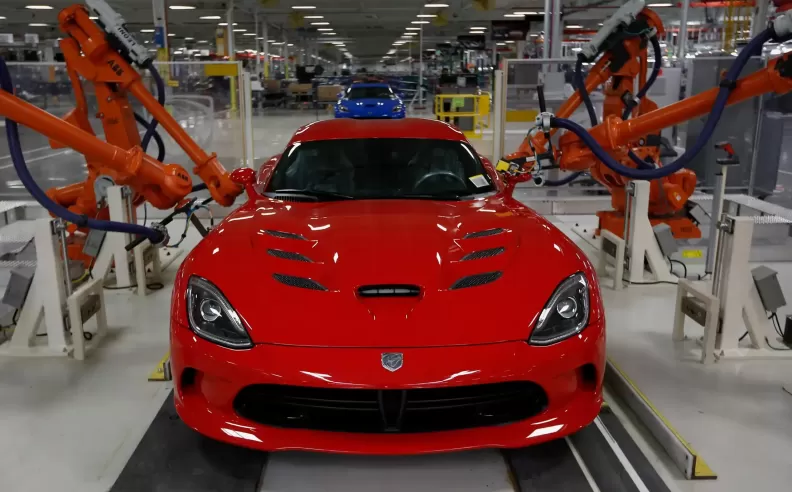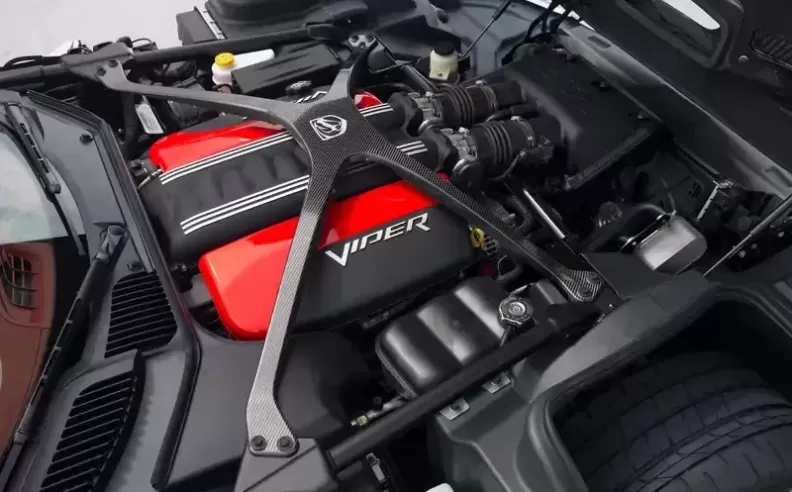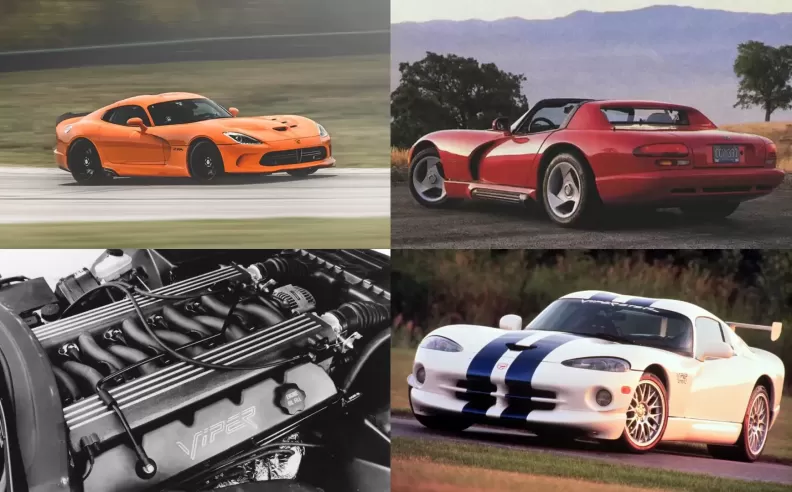
The Dodge Viper, an icon of American muscle and engineering, has captured the hearts of car enthusiasts since its debut in 1992. Known for its raw power, distinctive design, and uncompromising approach to performance, the Viper has become a symbol of automotive excellence. However, its journey has not been without challenges, including periods of discontinuation and regulatory hurdles. This article delves into the storied history of the Dodge Viper, its rise to fame, and the reasons behind its controversial discontinuation.

The Dodge Viper was born from the vision of then-Chrysler president Bob Lutz and chief engineer Roy Sjoberg. The concept was to create a modern interpretation of the classic Shelby Cobra, a lightweight, high-performance sports car. The Viper RT/10 concept car debuted at the 1989 North American International Auto Show, receiving an overwhelmingly positive response. Chrysler decided to move forward with production, and the first-generation Viper was launched in 1992.
The original Viper featured an 8.0-liter V10 engine, producing 400 horsepower and 465 lb-ft of torque. It was a no-frills, pure performance machine with no exterior door handles, air conditioning, or windows in its early models. The Viper's brutal power and unique styling quickly made it a favorite among sports car enthusiasts.
Over the years, the Dodge Viper underwent several transformations, each generation becoming more refined while maintaining its core identity. The second-generation Viper, introduced in 1996, saw the addition of amenities like air conditioning and power windows. The V10 engine's output was increased to 450 horsepower, and a GTS coupe version was introduced.
The third generation, launched in 2003, brought a redesigned body and an 8.3-liter V10 engine with 500 horsepower. The fourth generation, debuting in 2008, saw further improvements, including an 8.4-liter V10 producing 600 horsepower and advanced features like electronic stability control.
The fifth and final generation of the Viper, released in 2013, was a testament to the car's enduring legacy. It featured a more powerful 8.4-liter V10 engine with 640 horsepower, a refined interior, and modern technology. Despite its advancements, the Viper remained true to its roots as a driver's car, with a focus on delivering an exhilarating driving experience.

Despite its success and loyal fanbase, the Dodge Viper faced challenges that ultimately led to its discontinuation. One of the primary reasons was the introduction of stringent safety and emissions regulations. The Viper's low production volume made it difficult for Chrysler to justify the significant investment required to meet these new standards.
In particular, the Viper struggled to comply with federal safety regulations that mandated the use of side curtain airbags. The car's unique design and small production numbers made it financially unfeasible for Chrysler to redesign the vehicle to accommodate these requirements. As a result, production of the Dodge Viper officially ended in 2017.
The Dodge Viper remains a legendary figure in the automotive world, celebrated for its bold design, exceptional performance, and raw driving experience. While it may no longer be in production, its legacy continues to inspire car enthusiasts and manufacturers alike. The Viper's story is a reminder of the delicate balance between innovation, regulation, and the relentless pursuit of automotive excellence.

Wael is an automotive content writer specializes in creating written content for Motor 283. Producing a wide range of content, including blog posts, articles, product descriptions, reviews, and technical guides related to cars, trucks, motorcycles, and other vehicles, with an unprecedented passion for cars, and motorcycles.